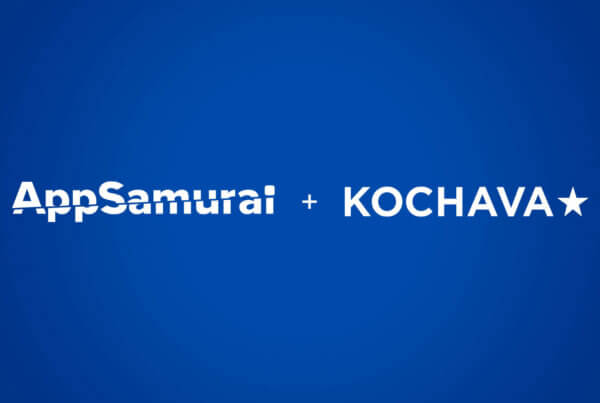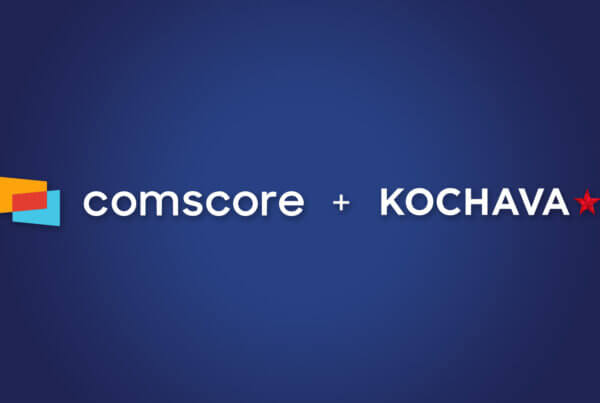AdExchanger’s Allison Schiff spoke with some Kochava customers about our real-time fraud abatement tools. Read the article on AdExchanger. It is also reprinted below for your convenience.
Mobile attribution player Kochava souped up its anti-fraud offering on Thursday with a consolidated suite of reports, including access to a global blocklist that updates itself.
The dashboard helps advertisers visualize what’s happening with their traffic in real time, with views into things like abnormally high click-to-install ratios, ad stacking clicks, and questionable IP addresses.
“But this is really about making the reports easier to take action on,” said Kochava CEO Charles Manning. “You can’t find a needle in a haystack without a visualization tool to show you where the problem is.”
Advertisers can set up alerts to notify then when something shady is going on, and the automated blocklist dynamically flags bad site IDs, IP addresses and known fraudulent devices across Kochava’s client base of around 1,500 mobile publishers.
It’s a nasty world out there and getting nastier, said Kevin Young, senior manager of user acquisition at Kixeye, a developer on online strategy and combat games.
“Over the last few months we have seen click-related fraud grow more sophisticated,” said Young, pointing to click injection.
The best way to fight back is through network-wide pattern recognition, Manning said.
Fraudsters want to fly under the radar, so they usually siphon small amounts of money from lots of places rather than make a big splash. And that can be difficult to detect if you’re just looking at a single developer’s traffic.
Ad stacking, where fraudsters place multiple ads on top of each other, is a good example. Kochava has a report that indicates whether ads across different advertisers were clicked from the same device.
But it’s not just ad stacking. Every developer has their own fraud war story.
At DoubleDown Interactive, a developer of casino games, ad ops manager Kevin Grimes and his team noticed an ad network that seemed to driving incredible Day One return on ad spend. But as time went on, the return never grew. The Day 30 ROAS was the same as it was on Day One.
Grimes dug into the purchases this network was driving and found that 99% of them took place within seconds of the install – and retention was nil.
He theorized that the sub-publisher was using a click farm or incentivized traffic to make the purchases and artificially boost the source’s short term performance.
“Needless to say, we cut them,” Grimes said.
But it’s not always the ad network’s fault, which can be victims too.
Advertisers usually pay ad networks every 60 days, for example, but ad networks pay their publishers every month. If a network only realizes that a particular sub-publisher is bad after paying for traffic, the advertiser is surely going to want a make-good, and “the ad network is stuck holding the bag,” Manning said.
“That’s why it’s important to do this type of reporting and stop the fraud in real-time,” Manning said. “It’s a way to protect the advertisers and the ad networks.”
It’s good to have the data to back you up if you need a makegood.
But what’s better is to not even need to ask for a makegood in the first place, said Nate Gasser, VP of media and technology at Camelot Communications, a Dallas-based media and planning agency that uses Kochava’s fraud tools for a number of Intuit’s mobile app products, including Intuit TurboTax, Quickbooks Mobile and Mint.
“Fraud is nothing new, but it’s evolving faster than marketers can react,” Gasser said. “We’re finally getting to the point, though, where we can react a little better, a little faster than we have, and be preventative in terms of where we’re placing media and who we’re doing business with.”




